How to choose paint for walls in an apartment?
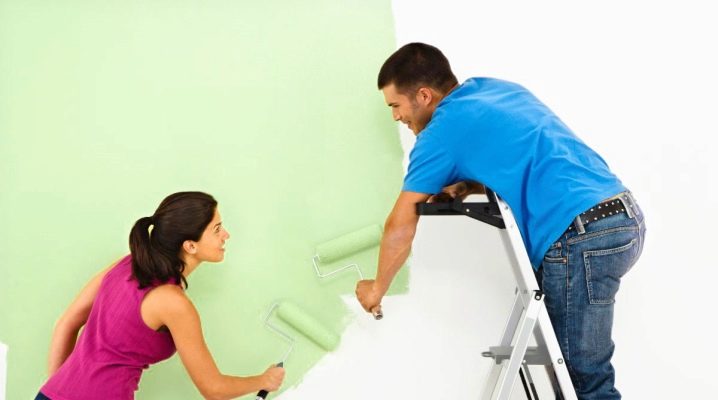
Among the huge variety of finishing materials, paint is very popular. It is used on the basis of various buildings, including residential, commercial and government facilities. Given the huge variety of products, you need to choose the right type and color of material for a particular room.
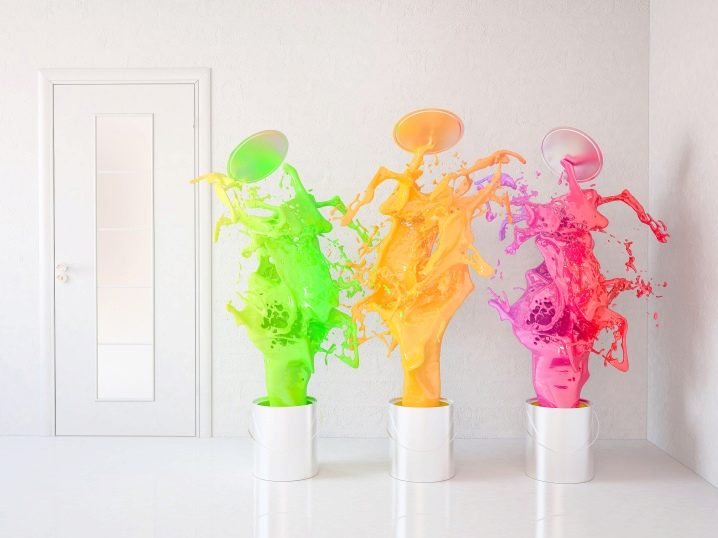
Peculiarities
For repair, paints are used that differ in price, shade, composition and resistance to various external influences. The material offers designers enormous possibilities for decorating rooms using combinations of different colors. A wall painted in one color can act as a canvas for a stylish drawing, composition or pattern. You can place such decorative elements as photographs, paintings and more on it.
A huge assortment, on the one hand, offers unlimited possibilities of choice, and on the other hand, it can confuse an inexperienced buyer. Before purchasing products, it is better to get acquainted with the advice from experts, learn about the pros and cons of decorating with paint, and also understand the features of paints with different compositions.
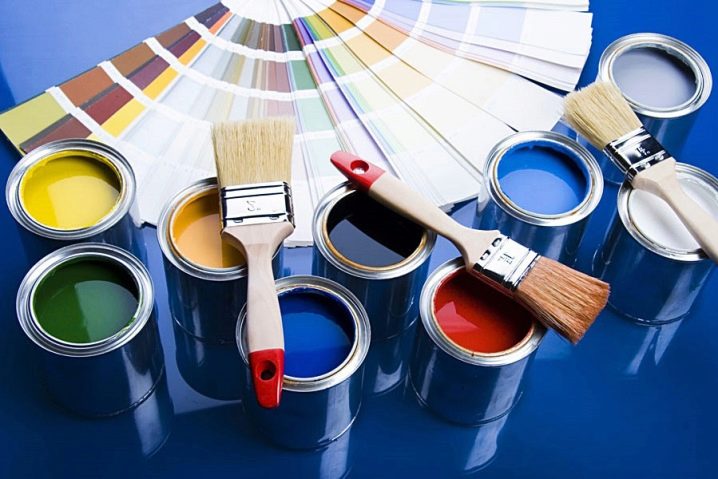
Advantages and disadvantages
Experts highlight certain pros and cons of paint as a finishing material.
Pros:
- Diversity. Specialists in the field of home decoration have appreciated the huge selection of colors and shades. The multifaceted palette makes it possible to translate into reality even the most extraordinary creative ideas and ideas. By combining different colors, new amazing colors are created that can give the interior more expressiveness.
- Life time. Subject to all the rules in the process of applying the material and using a quality product, the paint will retain its beauty for many years. Long service life is one of the main advantages of this finish.
- Safety. The paint demonstrates resistance to various damage and external influences. Unlike wallpaper, it will not be damaged by pets or small children.
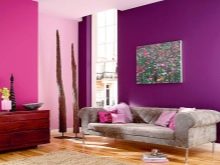
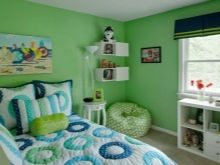
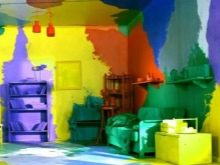
- Care. Even with constant wet cleaning, painted surfaces will retain their attractive appearance and color saturation. Regular cleaning does not affect the finishing material in any way.
- Convenience. You can apply paint in different ways: roller, brush, spray. Everyone chooses the most convenient and effective way. The paint is ideal for decorating rooms with complex configurations. These are rooms in which columns, volumetric elements, niches, ledges and other elements are located.
- Elimination of flaws. The finishing material is perfect for getting rid of minor defects such as scratches, cracks, bruises. In case of damage, it will not be difficult to fix the site, and the repair will not take much time.
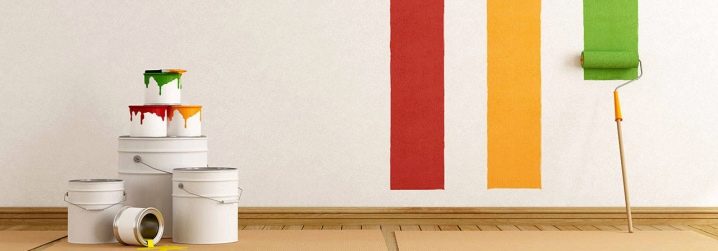
Minuses:
- Preparation. In order for the paint to hold for a long time and lay on the surface evenly, it is necessary to carry out preparatory work. Before starting, sanding and leveling the wall is carried out. Putty and other putty is used.
- Application. Despite the apparent simplicity, the painting process has its own complexities. A roller is recommended for beginners. It simplifies the application procedure. Do not use low quality products.This will complicate the job, especially if you don't have the proper experience. Be sure to read the instructions for use of the material.
- Accumulation of dirt. Many types of paints have the ability to accumulate dust from indoor air. To prevent this aspect from becoming the cause of illness or allergies, it is necessary to periodically wet cleaning.
- Damage. The paint, in comparison with other finishing materials, does not tolerate mechanical stress. It leads to the formation of chips, scuffs and other defects. To avoid this disadvantage, you need to be careful.
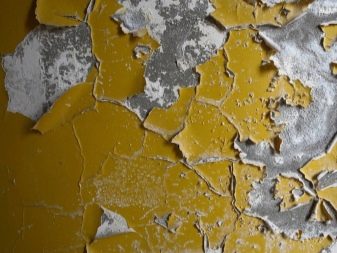
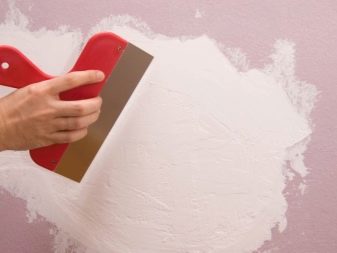
Varieties
The main criterion by which paint is divided into types is its composition. Each variety has individual characteristics:
Water-dispersive
This type of material is also called water-based paint. The paint contains water. Due to this component, the finish dries quickly and does not have a persistent, unpleasant odor.
Main advantages:
- Water vapor permeability.
- Fast and easy cleaning.
- Dirt-repellent property.
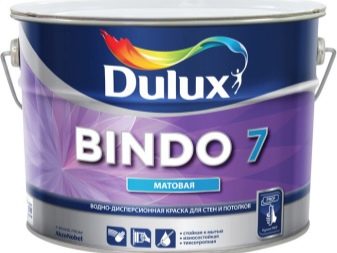
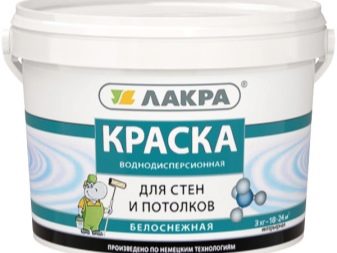
The material is suitable for decorating not only walls, but also ceilings and floors. It is highly recommended for use in dry rooms.
Oil
Oil products are created on the basis of various oils. Natural and artificial drying oils are used. Special pigments are dissolved in them.
Pros:
- Durability and reliability.
- Indoor and outdoor use.
- The paint feels great in different microclimate conditions.
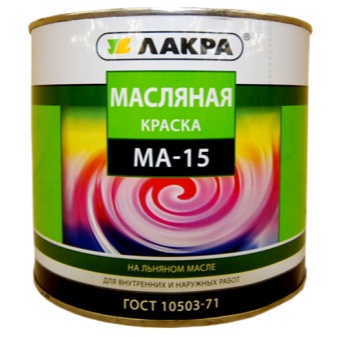

Minuses:
- Persistent and pungent odor.
- It takes a long time to dry.
- Virtually impermeable to air.
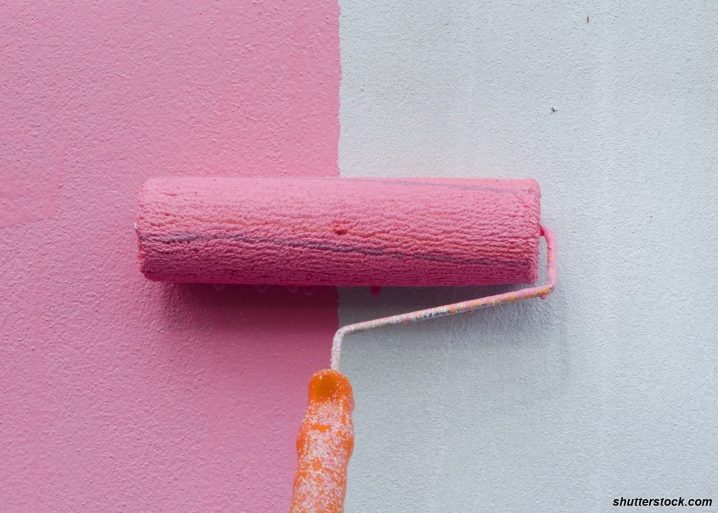
Alkyd
Elements and pigments in the composition of the finishing material are interconnected by means of an alkyd resin.
Advantages:
- Fast drying process.
- A strong and vapor-proof film forms on the surface.
- The best option if you need to protect the metal structure from corrosion.
Disadvantages: unpleasant and persistent odor, which persists not only during application, but also after it. In apartments and houses, alkyd paint is rarely used, making a choice in favor of other products.
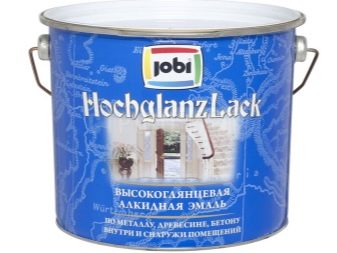
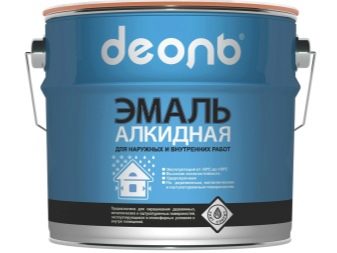
Acrylic
The paint got its name due to the acrylic resin in the composition. This component, after complete drying of the material, forms a dense protective film on the surface.
Pros of choice:
- The paint can be safely used in rooms with high humidity.
- Lack of unpleasant odor.
- It will take a little time to dry.
- Resistant to abrasion and damage.
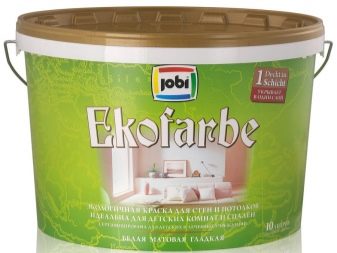

Latex
Here the connecting element is latex. It creates a thin but reliable film on the finishing material. Paints of this type create a glossy surface, and this indicator may vary for different products.
Advantages:
- Uniform and accurate application on any texture.
- Reliability and practicality.
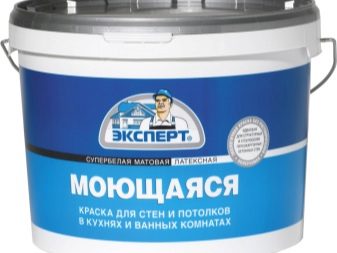
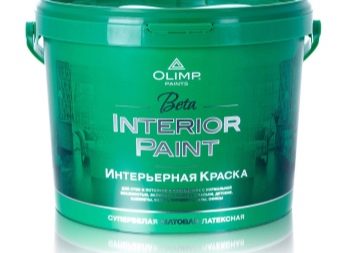
Silicone paint
This finishing material is perfect for facade work. Its main component is silicone resin, as a result of which a surface is formed that is not wetted with water.
Main advantage: vapor permeability.
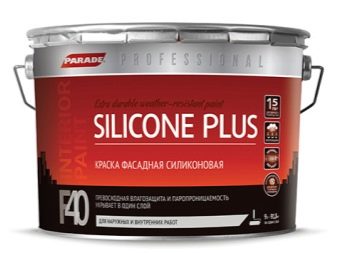
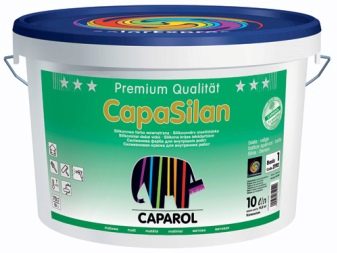
Decorative paint
Decorative paint is distinguished into a separate group. It is mainly a water-soluble material. With its help, craftsmen skillfully copy various textures: stone, silk, velvet and much more.
The coating makes it possible to create a special decorative design.
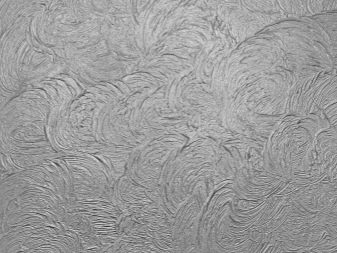
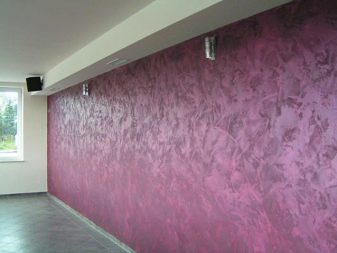
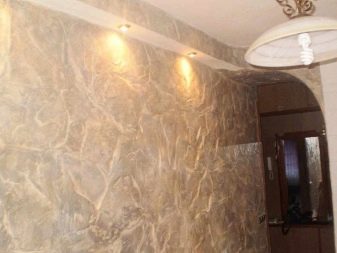
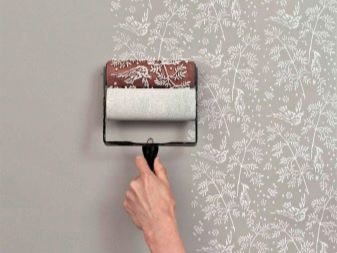
Manufacturing companies
The market offers modern buyers a huge selection of paints and varnishes. Products of both domestic and foreign brands are available to Russian customers. The product differs not only in price, but also in performance. Among the wide assortment, some brands have gained particular popularity:
- Tikkurila. The well-known Finnish company Tikkurila is familiar to most of the specialists who work in the field of renovation and decoration of premises.The company has been offering its products on the Russian market for several years. Acrylic paint Euro-2 is especially popular. Also, customers appreciated the updated version of Euro-7. This product has a higher abrasion resistance.
- Dufa. The paint from the German brand Dufa is ideal for decorating both walls and ceilings. The company offers a water-dispersive finishing material. Formulations under the names Wandfarbe and Superweiss have become widespread. This product has been developed specifically for apartments and houses.
- M? KKE. Products from the M? KKE trademark are perfect for decorating surfaces made of wood, stone, concrete, brick, etc. The material is recommended for use on the basis of residential premises. The paint is suitable for wall and canvas decoration. The interior product is safe and environmentally friendly. It is easy and pleasant to work with it, and the coating takes a minimum of time to dry.
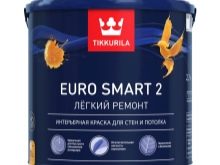


Interior use
Features of choice for different rooms:
- Hallway. A standard hallway is a narrow space with no natural light. Therefore, it is recommended to choose light shades. The best option: white, light beige, milk, cream tone.
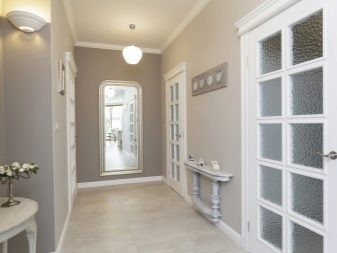
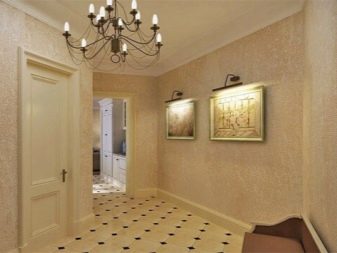
- Living room. In this part of the house, it is necessary to create a comfortable environment. It is recommended to give preference to calm tones. When it comes to decorating spacious rooms, it is recommended to choose blue, yellow, gray-green. For more compact rooms, lilac, purple, soft green are ideal.
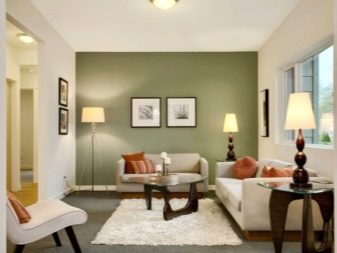
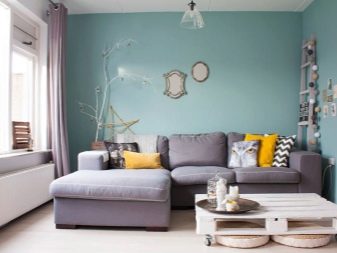
- Kitchen. Light colors look great in the kitchen: peach, cream, yellow. Shades of yellow have a positive effect on appetite and digestion. For a fresher and lighter ambiance, use turquoise, blue-green, and white.


- Children's. Bright and saturated colors are chosen for the children's room. The most common colors are yellow, green, blue, orange, hot pink. This range is suitable for decorating a small child's room. To decorate the room of a student or teenager, you should choose calmer colors that will not distract from study.

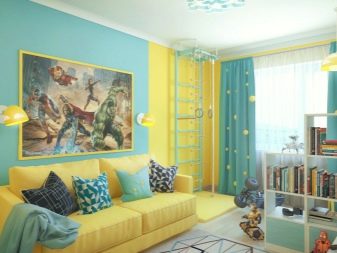
- Bedroom. This is a zone of rest, relaxation and tranquility, and therefore the palette should be gentle and soft. Pastel colors are ideal: pink, blue, lilac, mint.

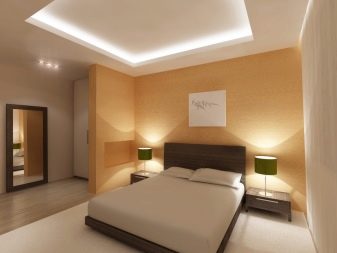
When choosing a color, refer to the style of the interior.
And a few more tips for choosing the right material:
- Choose washable paint for your kitchen and hallway. This option will make it easier to clean surfaces.
- A material resistant to mechanical stress and damage, ideal for a child's room. Opt for sustainable products.
- To shorten your repair time, buy a quick dry paint.
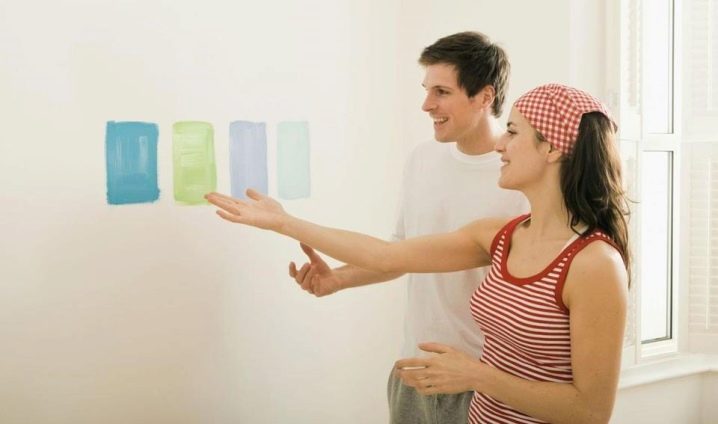
For how to paint the walls in an unusual way, see the next video.













The comment was sent successfully.